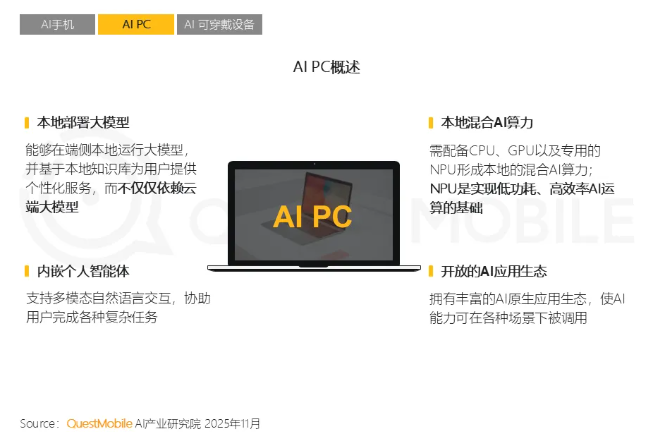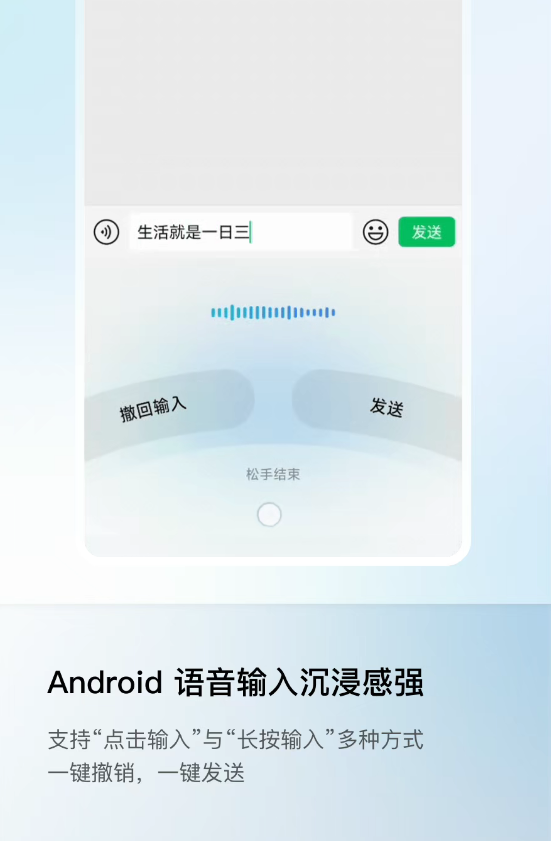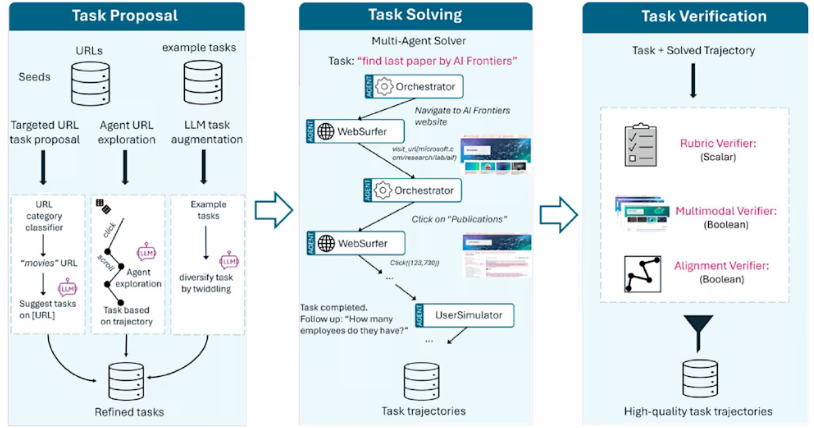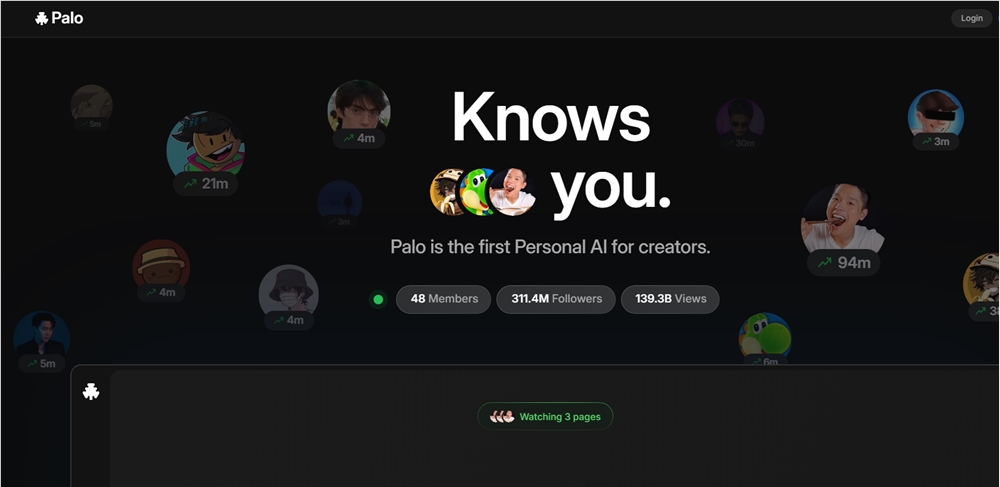DeepL recently announced the launch of its next-generation language model, claiming that it has surpassed Google Translate and GPT-4 in translation accuracy. The new model has been trained using unique data spanning over seven years, with a focus on optimizing translation and proofreading. It currently supports Japanese, English, German, and Simplified Chinese translations, with plans to expand support for more languages in the future.

According to DeepL's blind tests, the new model outperforms traditional models in translation quality. The tests showed that the new model improved translation performance by 1.7 times in both "Japanese to English" and "Simplified Chinese to English" translations, and by 1.4 times in "German to English" translations.
In comparison with Google Translate, GPT-4, and Microsoft Translate, the new model was rated as having "superior translation quality" 1.3 times more often than Google Translate, 1.7 times more often than GPT-4, and 2.3 times more often than Microsoft Translate. To achieve the same translation quality as the new model, Google Translate would require twice the amount of editing work, while GPT-4 would need three times the editing work.
Currently, the next-generation language model is available on the DeepL Pro plan, and users can switch to the new model with a single button click. The DeepL Pro plan starts at 1150 yen (tax included) per month, with options for Starter, Advanced, and Ultimate packages.
Key Points:
📈 DeepL's newly released language model surpasses Google Translate and GPT-4 in translation accuracy.
🔍 Blind tests show that the new model performs better in Japanese to English, Simplified Chinese to English, and German to English translations, with significantly reduced editing work.
💵 The DeepL Pro plan now supports the new model, allowing users to switch with a button click, starting at 1150 yen per month.










